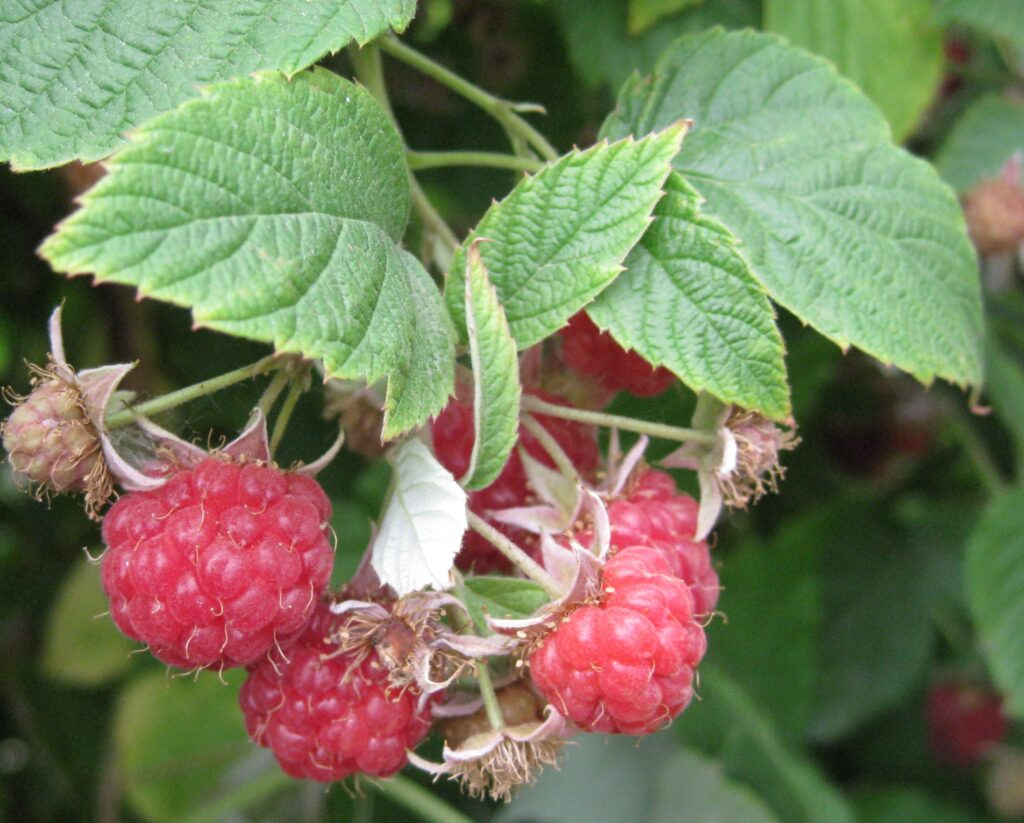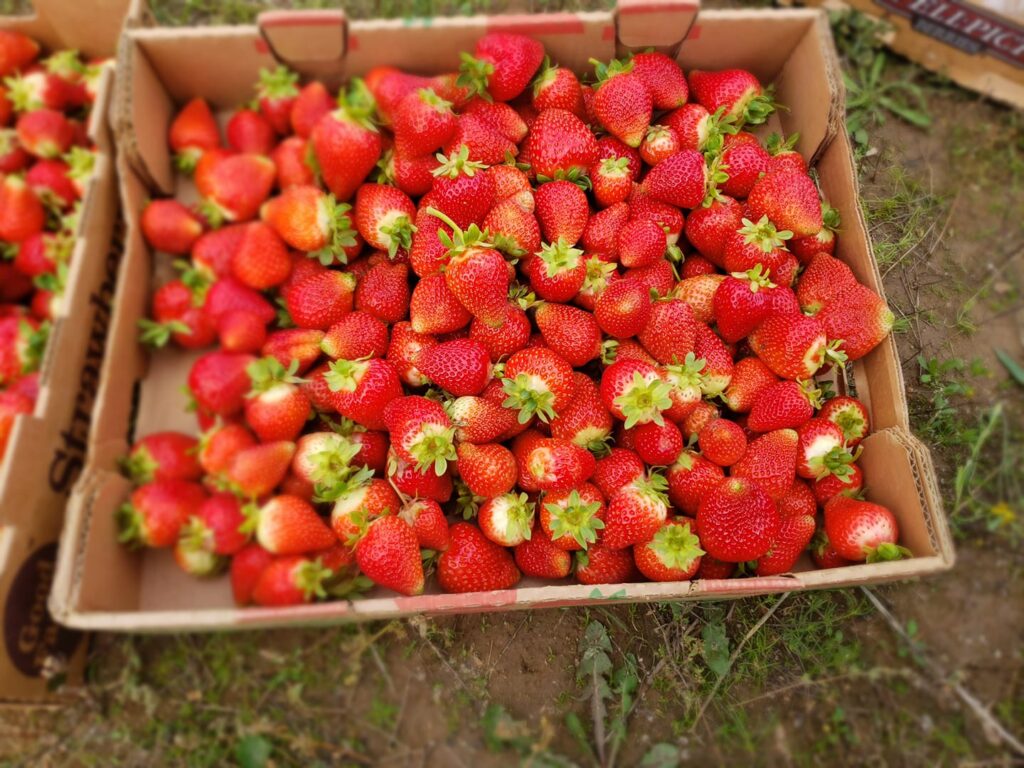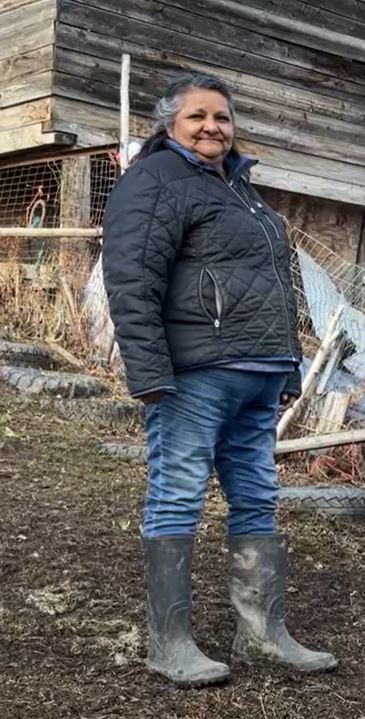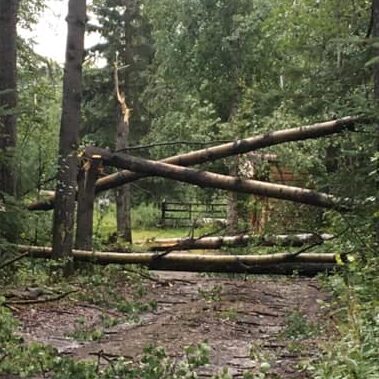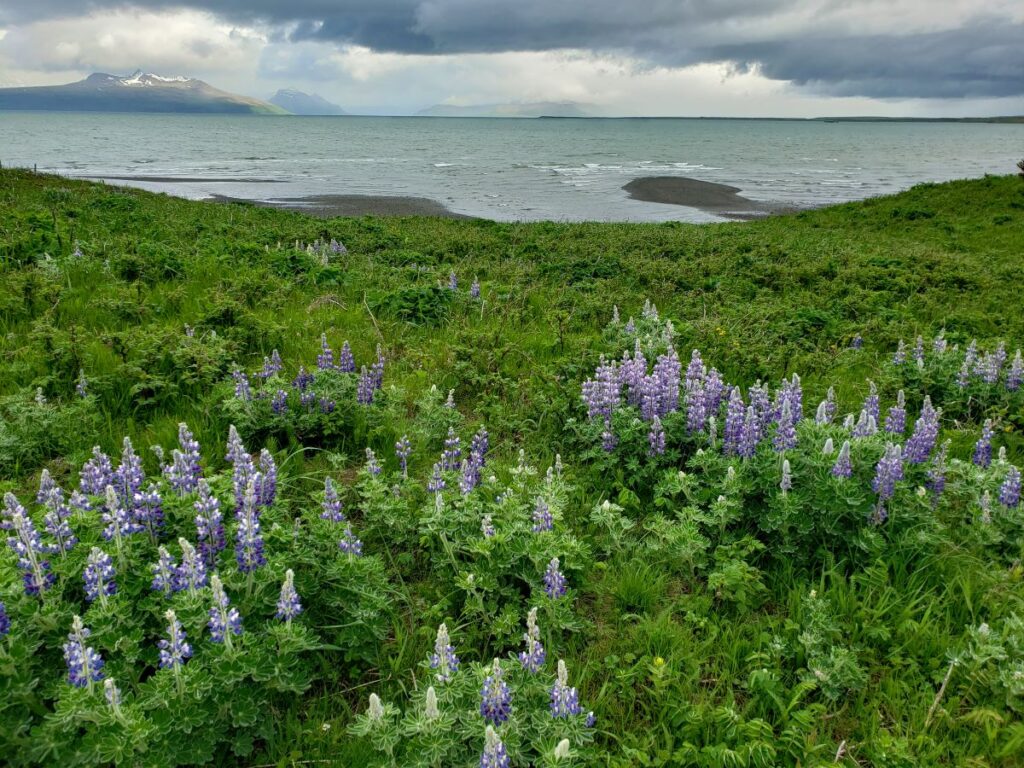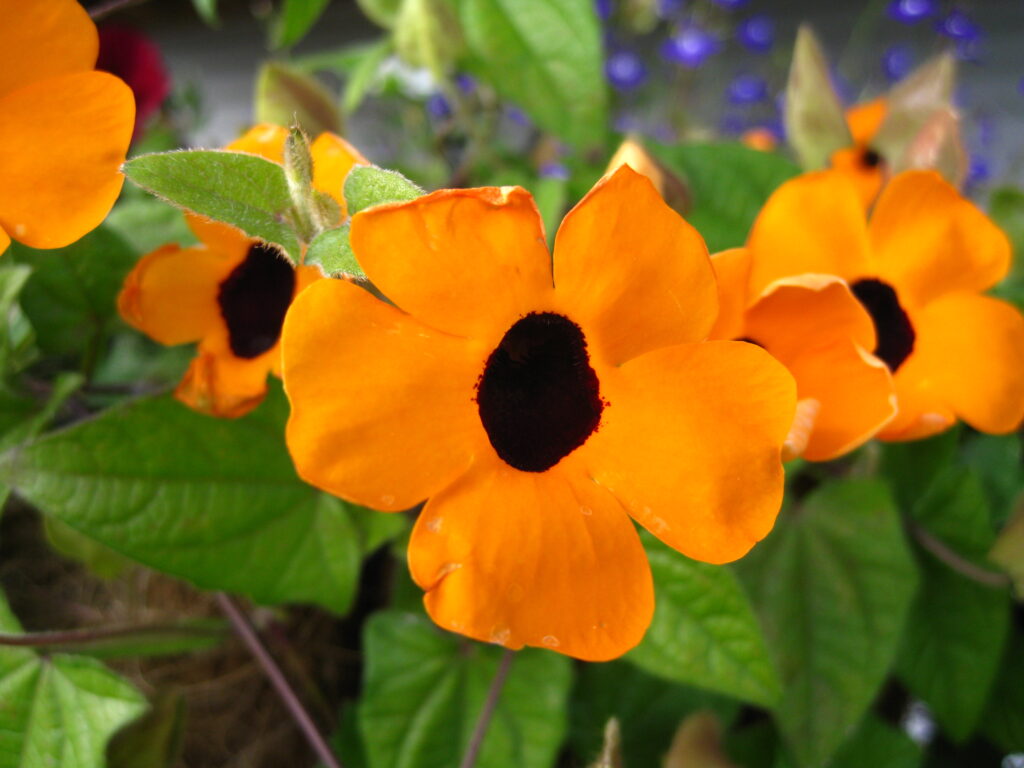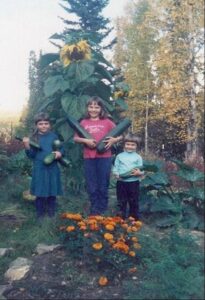My favorite berries are blueberries (wild Alaskan ones of course!) and raspberries, but I have a special place in my heart for currants as well. Like many Americans, currants aren’t a mainstay. I first heard about currants from my grandma who lived in Anchorage. She was fanatic about them and currant jelly specifically. But I didn’t really appreciate them until later in life when I took a berry class from Dr. Pat Holloway. Importantly, I learned to identify them. This is an important first step in identifying any wild berry, particularly if there is a poisonous berry that is the similar color (there is and it is bane berry!). Wild currants can also be mistaken for high bush cranberries. Unlike high bush cranberries and lowbush cranberries which are too tart for me to want to eat fresh and high bush too seedy, I like fresh currants. I also like them made into syrup and jelly as well. You can make currant jam but it’s not easy! I prefer eating red currants fresh to black currants because their skin is much thicker. However, black currants have even higher antioxidant levels and vitamin C levels than red currants.
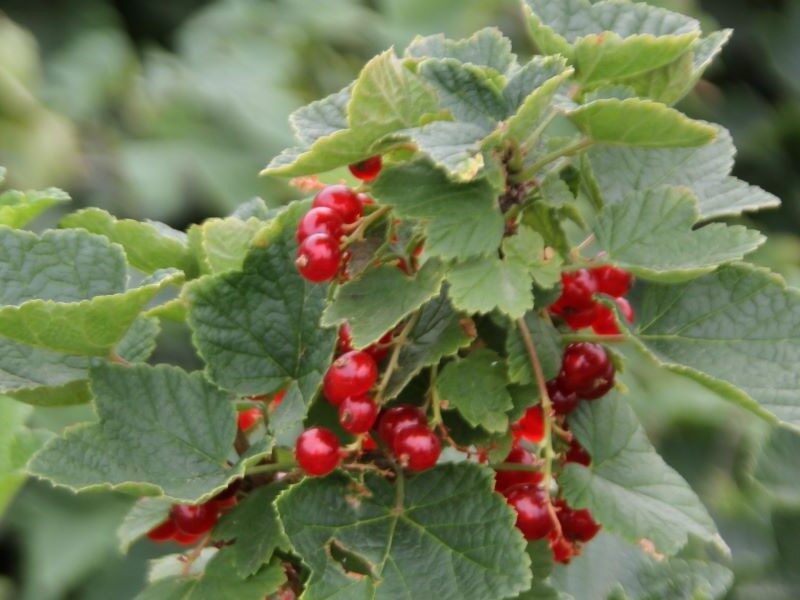
There are six species of black and red currants that are native to Alaska. Searching Ribes in plants.usda.gov via the Alaska State search will bring up all the species of Ribes in Alaska, including gooseberries. I’ve never seen them in quantity enough to pick many in the wild, but that may change along with the climate. In the wild, I find currants in the understory of forested areas, and so unlike many berries that prefer full sun, you can grow currants in partial shade.
Continue reading